Tips and Tricks for Tailbone Pain
Have you ever felt a deep ache or pin-point pain on your tailbone? Perhaps from a period of prolonged sitting? Or maybe it came on after pregnancy or childbirth? Or...maybe you’re not even sure where it started! Tailbone pain can be a HUGE annoyance because many of us spend a large majority of the day sitting for our jobs at the computer or for some, long commutes in the car which tends to exacerbate the problem. Don’t lose hope, there is a way to improve the discomfort that you have been dealing with!
Tailbone, or coccyx pain, is much more common in women due to the shape of the pelvis. With a wider pelvis and generally a larger coccyx compared to men, this small triangular-shaped bone is more susceptible to trauma in us ladies! There are multiple muscles from the pelvic floor that attach to this bone in addition to some large muscle groups, including the glute max.
Why does it happen?
Tailbone pain can occur for a number of reasons including direct trauma to the area (dislocation, fracture, poor mobility), prolonged sitting, poor posture, repetitive microtrauma (ie. biking, horseback riding, long road trips), damage during childbirth, or even bony abnormalities. Signs that your pain is coming from your tailbone may include any of the following: pain worse when sitting, difficulty transitioning up to standing from a seated position, rectal fullness/feeling the need to defecate, and potential for pain with intercourse.
When you bend forward or sit down, the coccyx bone should flex forward where it meets the sacrum (the larger triangular-shaped bone just above it). When you go to stand back up, it should then extend back into the original starting position after the muscles refrain from pulling on it. When the tailbone lacks mobility at this joint, then stiffness and pain can present as a result. Poor posture can also cause the bone to be in a chronically flexed (or tightened position) from the increased pull from pelvic floor muscles. In other cases, the tailbone is actually morphologically different at birth where it is slightly flexed forwards or backward leading to pain from more persistent irritation to surrounding soft tissue.
With traumatic causes of tailbone pain (such as during a fall) it is possible that the bone became lodged forward from the direct pressure of the fall, or that the coccyx slides back excessively every time you go to sit, making it difficult to heal. There is, of course, the risk of a fracture or dislocation in this area, as well if you’ve endured some sort of traumatic injury. If the coccyx is placed in an abnormal position abruptly, sometimes it requires time and even outside assistance (from MD or therapist) to make it move back into place. If this is the case, please refer to a trained healthcare professional for guidance.
So what can you do to help?
Address posture while seated:
Be sure to sit up straight and avoid slouching as this will tighten the pelvic floor muscles and create more pulling on the tailbone.
Consider using a cushion for additional support. Wedge cushions work well to place pelvic floor muscles in a more relaxed position and this should help reduce pain.
Find comfortable positions during acute stages of pain:
If the pain comes on acutely with sitting, try a reclined position or consider resting on your side.
Reduce sitting time:
If you are a frequent computer user during the day, consider standing while working.
Alternate between standing and sitting through the day to avoid spending excessive amounts of time in one position.
Temporarily avoid activities that exacerbate pain:
If biking, for example, tends to make your problem worse, then avoid the activity until acute pain has subsided.
Relax the pelvic floor muscles:
Perform deep breathing with emphasis on expanding through the lower abdominal cavity.
Trial a “happy baby” or “deep squat” stretch to relax pelvic floor muscles. Hold Each stretch below 30-60 seconds 2-3 times each.
If you have tried the above options and nothing seems to work then consider coming in for a physical therapy evaluation or speaking with your doctor about alternatives.
We know this can be a real pain in the butt, but it’s time you got some relief with some of these quick tips and tricks.
Sources:
Granado M; Richman S; CINAHL Rehabilitation Guide, EBSCO Publishing, 2018 Jun 08 (Clinical Review - PT practice, tables/charts)



